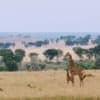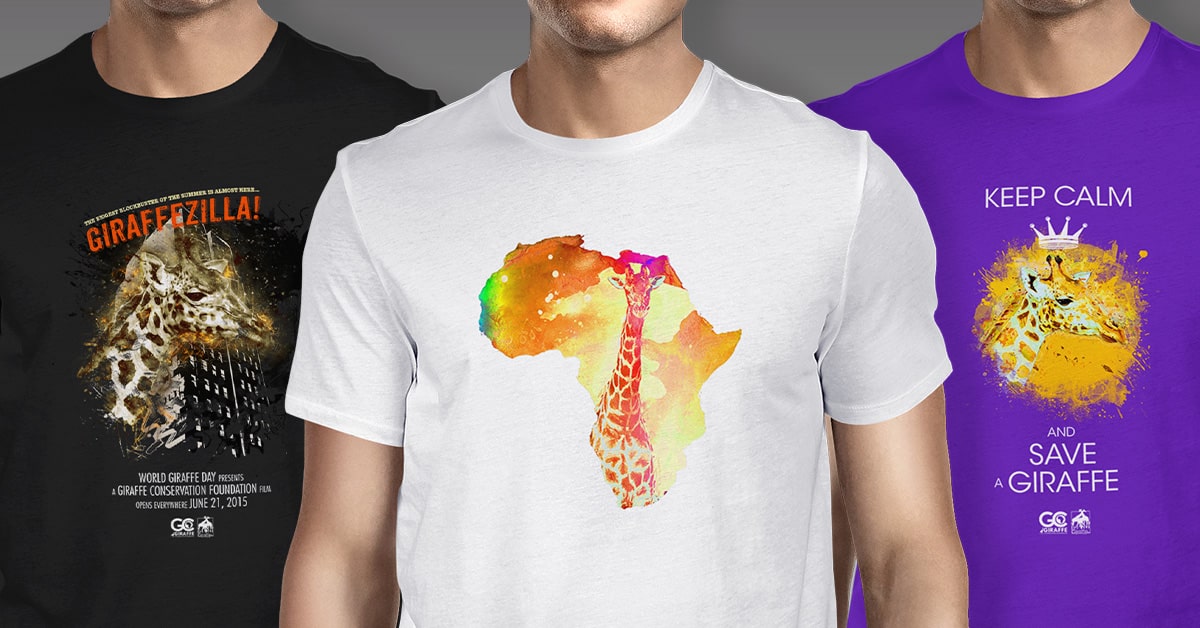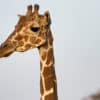In the 1980s, the total number of all giraffe in Africa was estimated at more than 155,000 individuals. Today, GCF estimates the current Africa-wide giraffe population at approximately 117,000 individuals.
This is a drop by almost 30%, a slightly less bleak picture than previously portrayed in the 2016 IUCN Red List assessment that estimated giraffe at less than 100,000 individuals.
However, this updated information is based more on improved data rather than on actual increases in numbers. Unfortunately, in some areas traditionally regarded as prime giraffe habitat, numbers have dropped by 95% in the same period.
Limited conservation research has been undertaken on giraffe throughout Africa. While the IUCN Red List currently recognises one species of giraffe and nine subspecies, new findings by GCF and partners clearly show four species and five subspecies of giraffe. This updated information is currently under further review and will hopefully soon be taken into consideration by the IUCN for future conservation assessments, giving each giraffe their own taxonomical status and mandate for increased conservation.
In 2016, the giraffe as a species was uplisted to Vulnerable from Least Concern on the IUCN Red List. In 2018, seven of the nine currently recognised subspecies were assessed and are now listed on the IUCN Red List. Two subspecies (Kordofan and Nubian giraffe), are now listed as Critically Endangered, Reticulated giraffe as Endangered, Thornicroft’s giraffe as Vulnerable, while Angolan giraffe are listed as Least Concern. Both the West African and Rothschild’s giraffe were down-listed from Endangered to Vulnerable and Near Threatened, respectively, due to targeted conservation efforts in their core habitats.
These updated conservation status assessments of giraffe were submitted by the IUCN SSC Giraffe & Okapi Specialist Group with the support of GCF and other partners. The assessments were largely based on GCF’s Giraffe Conservation Country Profiles. To develop a baseline for a giraffe conservation status in Africa, GCF started compiling historical and current data on giraffe numbers, distribution and threats from across their range in Giraffe Conservation Country Profiles per range State over a decade ago. This work was undertaken collaboratively with African governments, NGOs, Universities, IUCN and independent researchers.
This programme provides an important framework and the necessary baseline for future giraffe research and conservation management in the wild.
Giraffe are an important icon of Africa (and the world) and considered a key tourism attraction and an economic draw card for Africa. This collaborative effort continues to improve our understanding of giraffe as a keystone species and ensures their long-term survival in the wild.

























